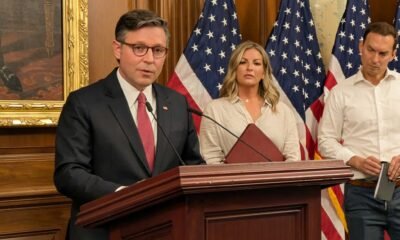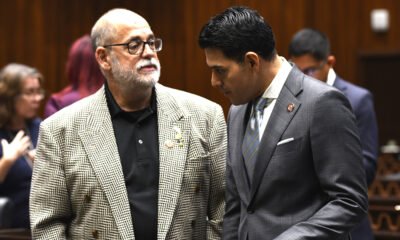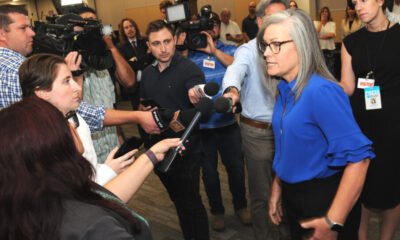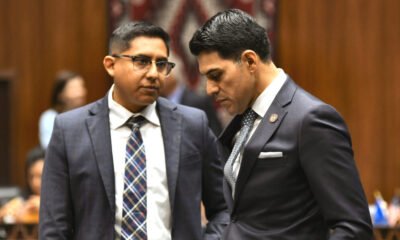Business
NOAA Budget Cuts Threaten Arizona’s Weather Forecasts, Increasing Risks of Haboobs, Monsoons, and Wildfires
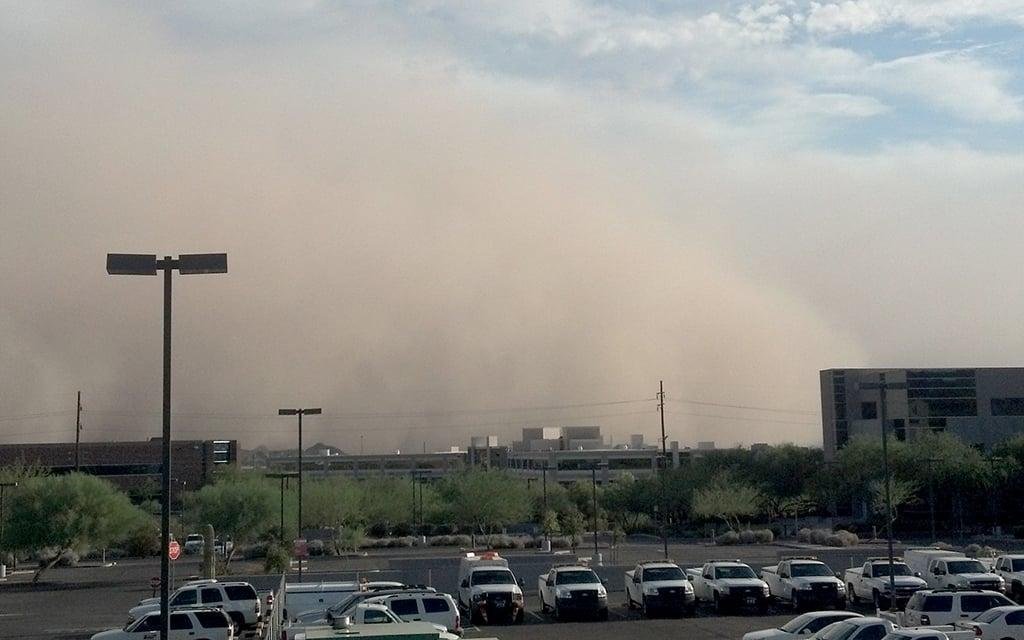
Recent job cuts at the National Oceanic and Atmospheric Administration (NOAA) have raised serious concerns for Arizonans. Experts warn that reduced staffing could hinder vital forecasts for dangerous weather phenomena, including haboobs, monsoons, flash floods, and wildfires.
Since President Donald Trump took office, NOAA has reduced its workforce by nearly 10%, either through layoffs or buyouts. Although a proposal to eliminate an additional 10% of jobs remains stalled in court, the impacts of these reductions are already being felt. The agency is responsible for providing forecasts, severe storm warnings, and climate monitoring, making its diminished capacity a significant issue.
Among the repercussions of staffing cuts, NOAA has reportedly scaled back its use of weather balloons, which are crucial for accurate meteorological data. In fact, launches have been curtailed or halted at 11 out of 92 stations across North America and the Pacific Islands. Fortunately, Arizona’s two weather balloon stations have not yet experienced reductions in launches.
Matei Georgescu, a professor at Arizona State University, expressed skepticism about the forecast integrity in light of these changes. “If you have a starting point that’s wrong, then your forecast will suffer,” he stated. “We’re conducting a real-time meteorological experiment now. … This is certainly disheartening.”
As summer nears, Arizonans face the heightened risk of haboobs—massive dust storms that can significantly reduce visibility and create perilous driving conditions. A study published in the Bulletin of the American Meteorological Society revealed that from 2007 to 2017, windblown dust events contributed to 232 fatalities in the U.S., predominantly in the Southwest. Certain stretches of Interstate 10, particularly near Picacho Peak, are notorious for accidents caused by these storms.
The Arizona Department of Transportation emphasizes safety measures for drivers during dust storms, advising them to “Pull Aside, Stay Alive.” These warnings have proven effective; a study published in the Western Journal of Emergency Medicine notes that they have saved lives, relying heavily on data from NOAA.
While NOAA officials have declined to comment explicitly on the potential impacts of budget cuts on forecasting, they maintain that the agency is committed to providing timely information and resources to the public. In their statement, NOAA reaffirmed its dedication to public safety, suggesting that it will continue to deliver weather forecasts and warnings.
The push to reduce the federal workforce at NOAA is part of a broader initiative spearheaded by business magnate Elon Musk, aiming for rapid and drastic cuts. Critics argue that NOAA’s $6.6 billion budget is insufficient to yield significant savings, contending that the downsides of such reductions far outbalance any potential benefits. In February, about 800 employees were laid off, with another 500 accepting buyouts. Plans to dismiss 1,029 additional staff are currently on hold due to a court order.
Arizona’s extreme weather patterns heighten the state’s vulnerabilities further. The recent spring forecast from NOAA’s Climate Prediction Center indicates that drought conditions will persist across the state and the broader Southwest. Diminished forecasting capabilities could particularly impact specific industries. For instance, BC Smith, a representative of the Operative Plasterers and Cement Masons Arizona Local 394 union, noted that unreliable forecasts pose significant risks to construction scheduling and worker safety.
Other groups, such as the Arizona Building and Construction Trades Council, share similar concerns about the safety of construction workers. “Unreliable forecasts can jeopardize the safety of construction workers,” said executive director Michael Vazquez. He highlighted the potential for increased accidents both during commutes and at construction sites given the more unstable weather predictions.
Haboobs and dust storms can also pose serious health risks, particularly for individuals with pre-existing respiratory conditions. According to the American Lung Association, these phenomena exacerbate respiratory issues, necessitating timely and accurate weather alerts. Vulnerable populations, including the homeless, rely heavily on timely warnings to seek shelter from severe weather events like dust storms and flooding. Advocates stress that cuts to NOAA endanger already at-risk communities. Jesse Rabinowitz from the National Homelessness Law Center stated, “People who live outside are among the first communities to be hurt by climate change.”
